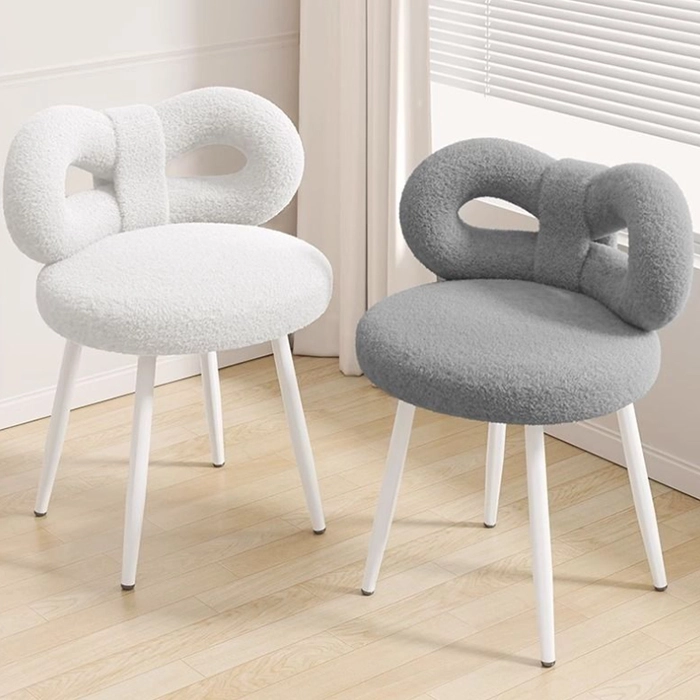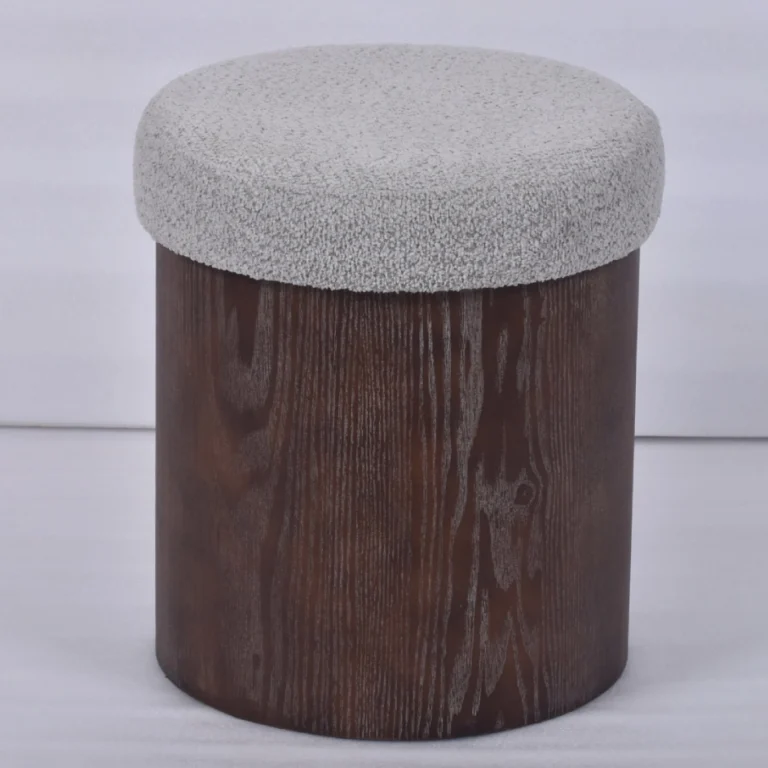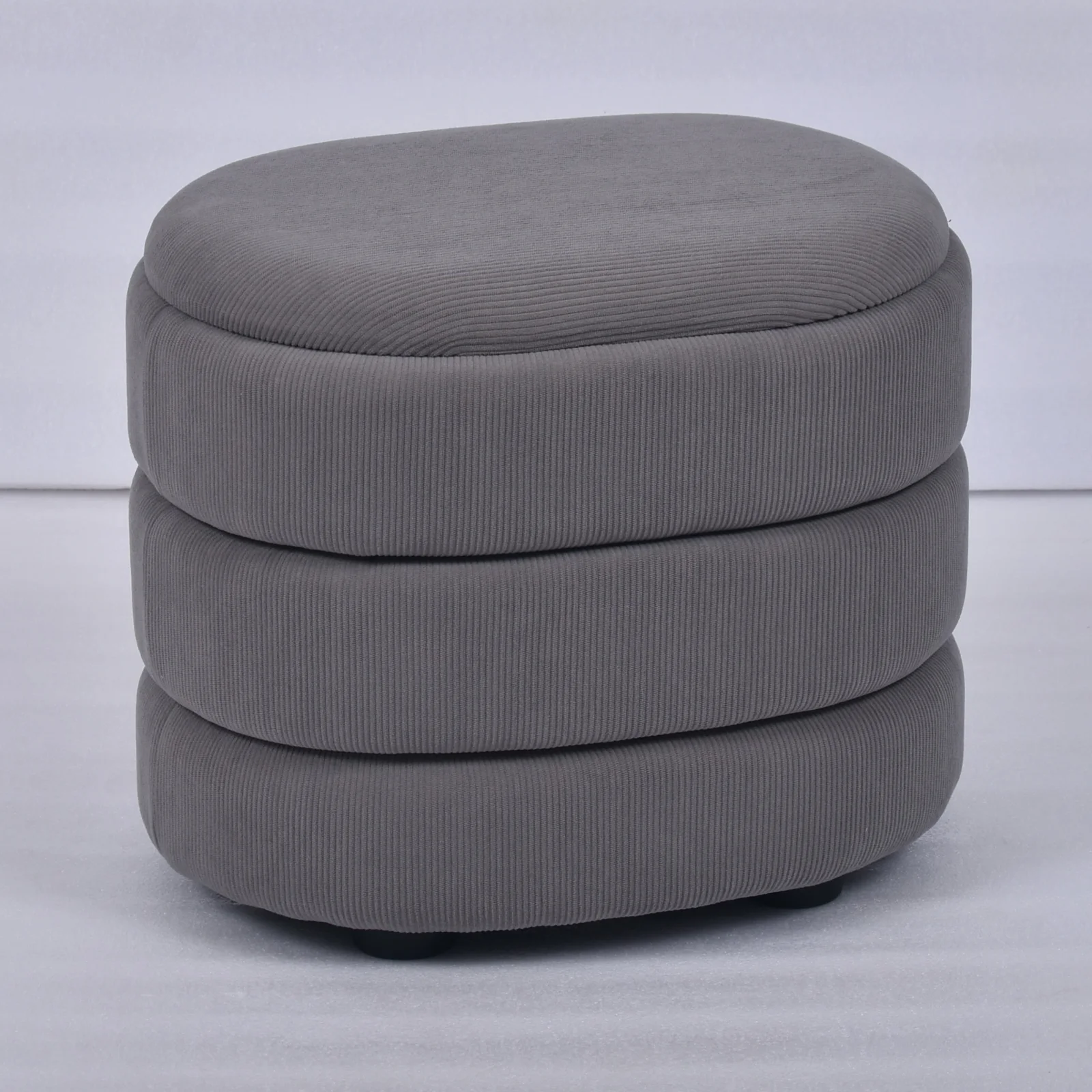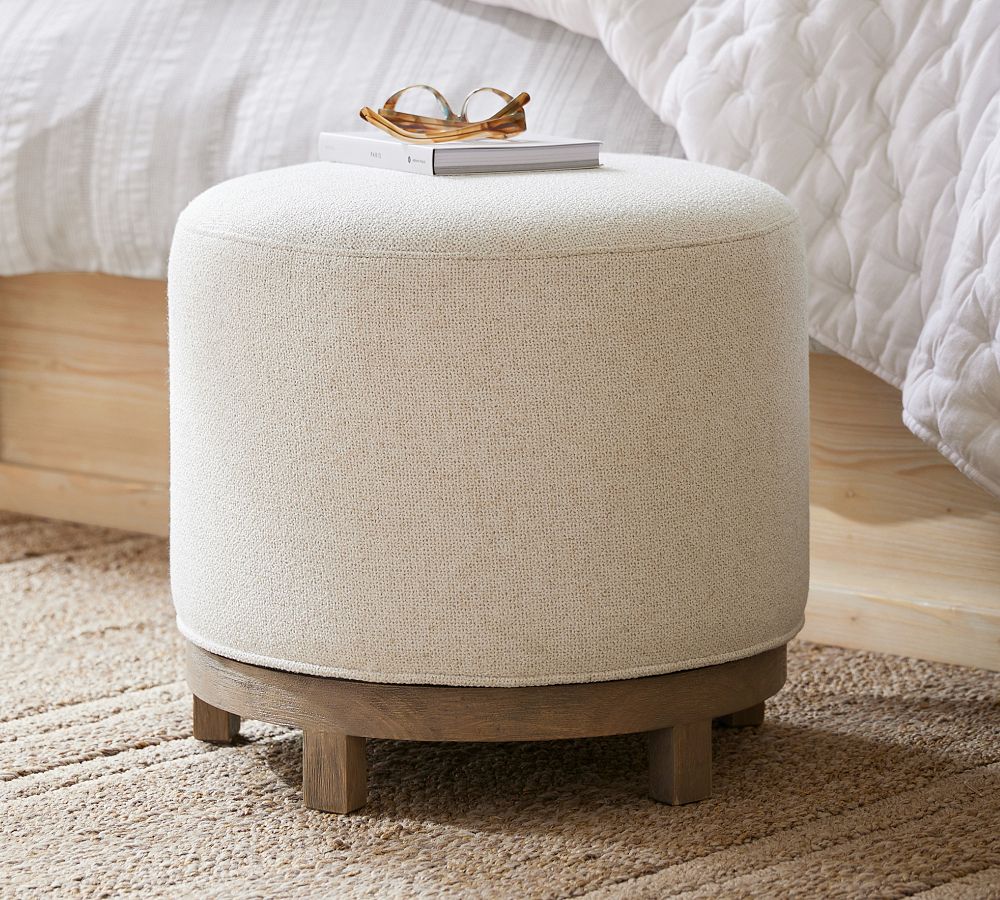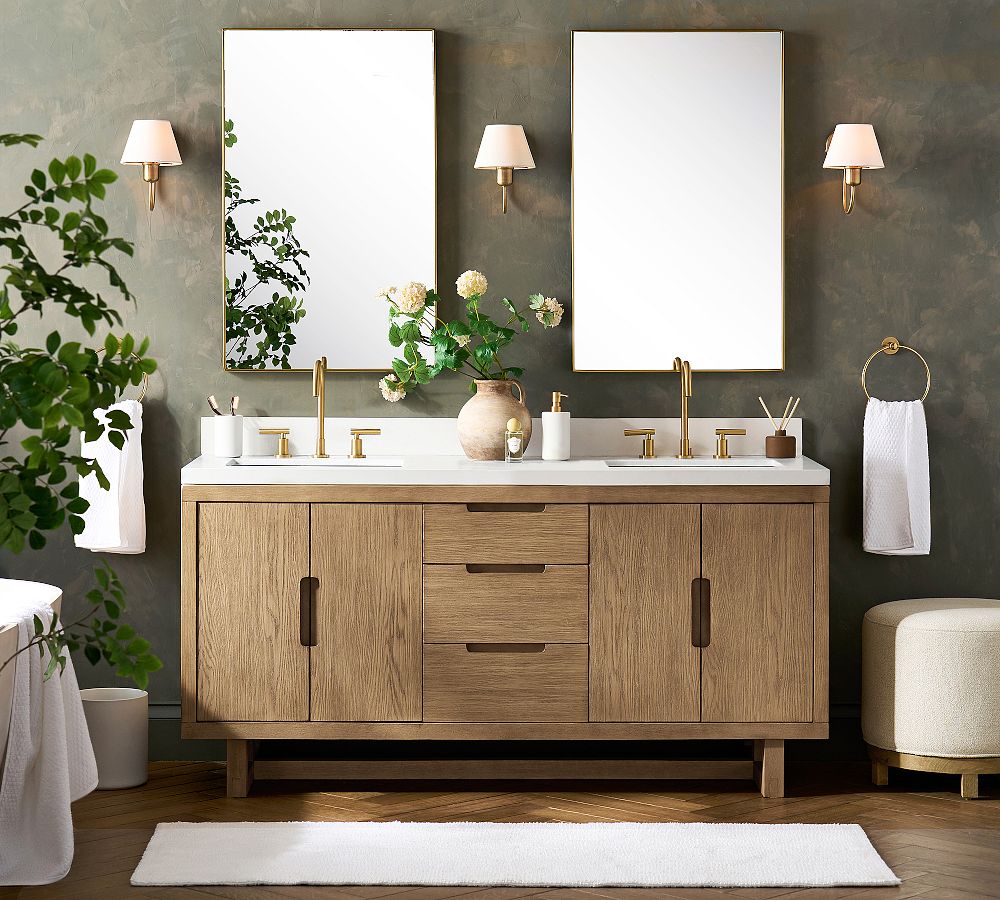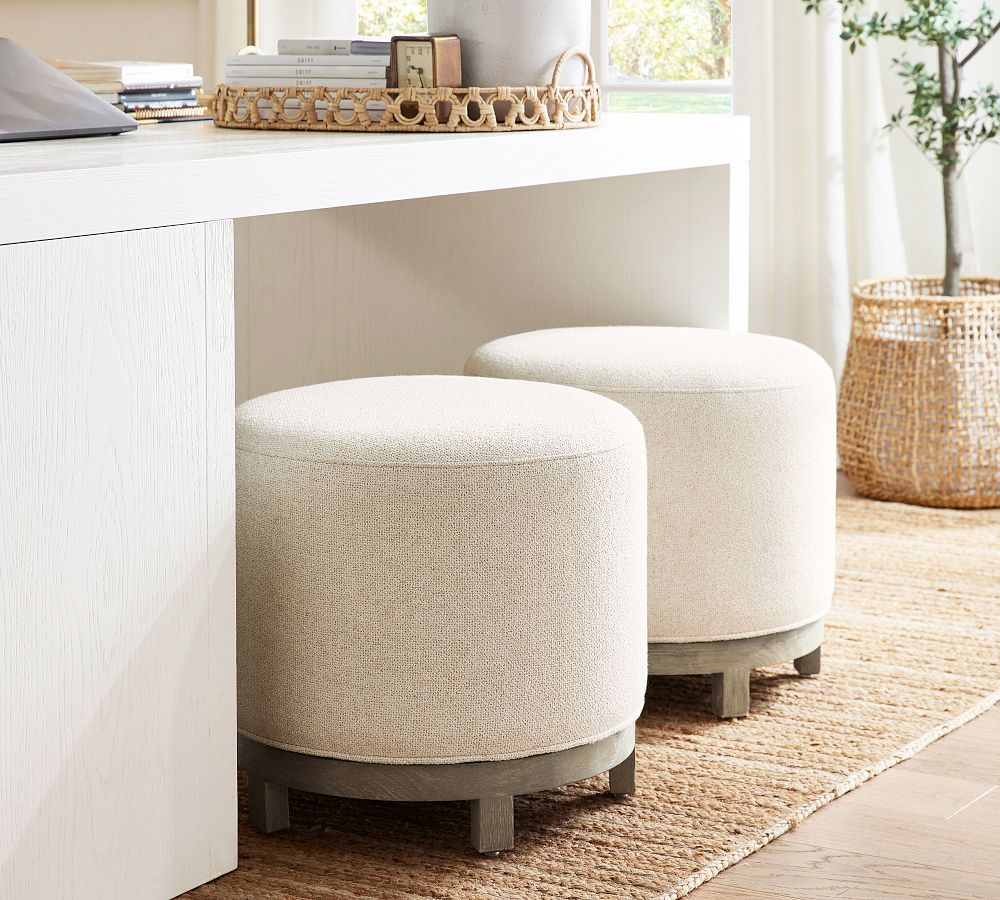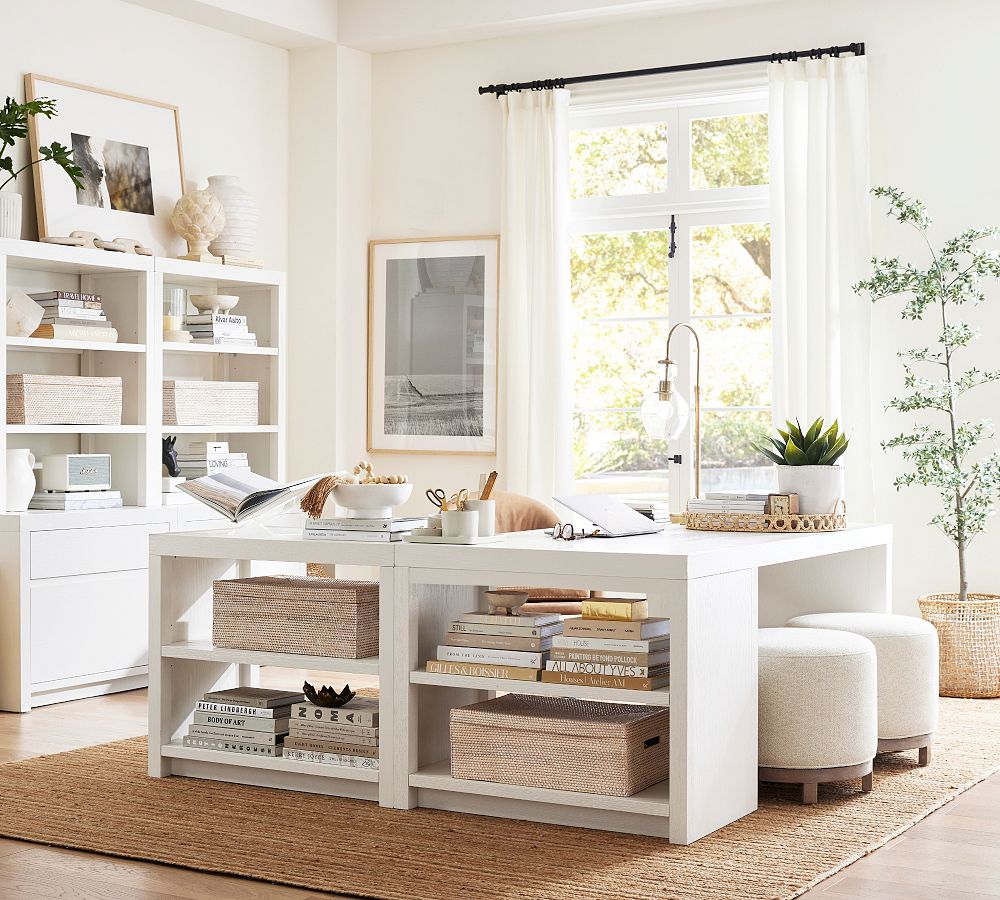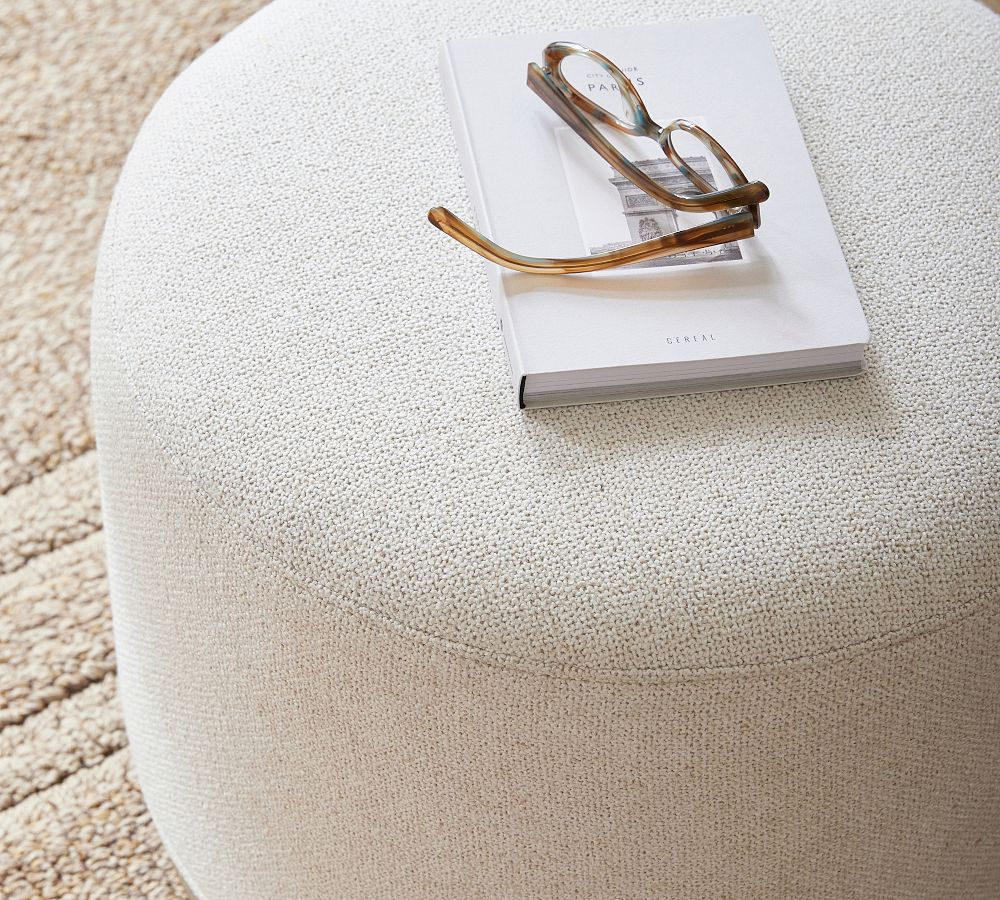Swivel Stool
What is a Swivel Stool?
A swivel stool is a type of seat characterized by a rotating mechanism (usually a bearing race) attached to its base, allowing the user to spin 360 degrees horizontally without moving the stool itself. They typically feature a single central column for support and may or may not have a backrest and footrest.
Key Features & Components
-
Swivel Mechanism: The core feature. A high-quality mechanism allows for smooth, quiet, and stable rotation.
-
Gas Lift (Pneumatic Height Adjustment): Common on modern office and bar stools. Allows the user to adjust the seat height easily with a lever.
-
Base: The foundation, usually with 4 or 5 legs for stability. More legs generally mean more stability.
-
Casters (Wheels): Often found on office and workshop stools. They provide mobility but can be replaced with floor-protecting glides for a stationary option.
-
Backrest: Provides lumbar support. Can be a full back, low back, or absent entirely (as on a simple counter stool).
-
Footrest: A ring or bar near the base of the column that provides a place to rest your feet, essential for comfort at taller heights.
-
Seat: Varies widely in material (fabric, mesh, leather, plastic, wood) and padding.
Common Types of Swivel Stools
Swivel stools are designed for specific environments and needs:
-
Office/Task Stools:
-
Purpose: For use at a standing desk or a height-adjustable desk to allow for active sitting and micro-movements.
-
Features: Often have a small backrest, gas lift, and casters for mobility. Seat is usually padded for all-day comfort.
-
-
Bar & Counter Stools:
-
Purpose: For use at home bars, kitchen islands, or high tables.
-
Features: Taller (typically 24″-30″ for counter height, 30″-36″ for bar height). May or may not have a backrest. Often feature footrests. Materials range from industrial metal to rustic wood.
-
-
Piano/Keyboard Stools:
-
Purpose: Designed for musicians. Height adjustment is critical for proper playing posture.
-
Features: Often use a manual screw-style lift instead of a gas lift for very precise, stable height adjustment. Usually round and padded.
-
-
Lab & Workshop Stools:
-
Purpose: For environments where the user needs to move between stations easily.
-
Features: Durable, easy-to-clean materials (vinyl, polypropylene). Often have a backrest and footrest for support during long tasks.
-
-
Makeup & Vanity Stools:
-
Purpose: For use at a dressing table.
-
Features: Focus on aesthetics and comfort. Often upholstered in velvet, linen, or faux fur and may have a lower profile.
-
-
Gaming Stools:
-
Purpose: Designed for comfort during long gaming sessions.
-
Features: Often share traits with high-end office chairs (lumbar support, headrests) but are built on a stool base to accommodate a more dynamic, “lean-in” posture.
-
Advantages of a Swivel Stool
-
Mobility & Reach: Allows easy access to a wide area without having to stand up or move the entire stool.
-
Dynamic Sitting: Encourages small movements and shifts in posture, which can reduce fatigue and improve circulation compared to sitting completely still.
-
Space Efficiency: The ability to rotate prevents the need for wide clearance around the stool.
-
Ergonomics: Properly adjusted with a footrest, it can promote a healthier sitting posture at elevated heights.
Things to Consider When Buying
-
Intended Use: Is it for an office, kitchen, workshop, or vanity? This determines the type you need.
-
Height: Measure the height of your counter, desk, or table. The stool seat should be 9 to 13 inches below the surface for comfortable use. Ensure the stool’s height range fits this.
-
Comfort & Support: Consider padding, seat material, and the presence of a backrest and footrest, especially if you’ll be sitting for long periods.
-
Weight Capacity: Check the manufacturer’s specified weight limit to ensure safety and durability.
-
Build Quality: Look for a stable base (5-star is best), a smooth swivel mechanism, and durable materials. Stools with a warranty are often a safer bet.
-
Aesthetics: Choose a style, color, and material that complements your existing decor.
-
Mobility vs. Stability: Decide if you need casters for moving around or glides to keep the stool in one place and protect your floors.
CONSTRUCTION
- Expertly crafted of solid teak wood, engineered wood, metal and foam for deep comfort.
- Tightly upholstered and available in your choice of made-to-order fabrics.
- Finished in our exclusive Seadrift finish, Gray Wash or Dusty Charcoal.
- Swivels 360°.
- Gliders protect floors from scratching.
- Imported.
CARE
- Spot clean with soft, damp cloth.
- Blot to remove excess water.
- Air dry.
ASSEMBLY
- Packaging Dimensions & Weight: 21.5 x 21.5 x 20.5″ h; 31.5 lbs
